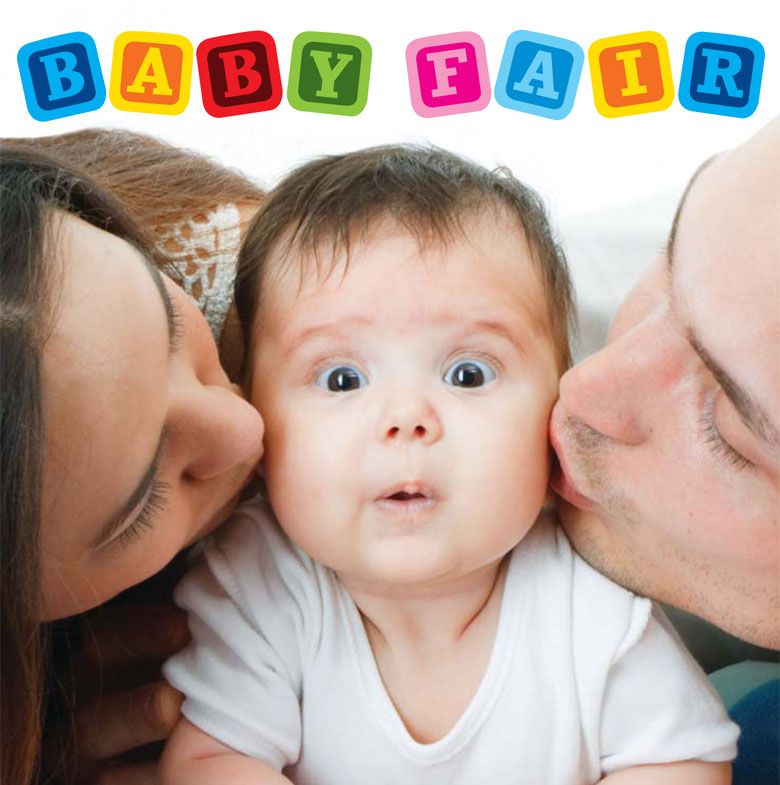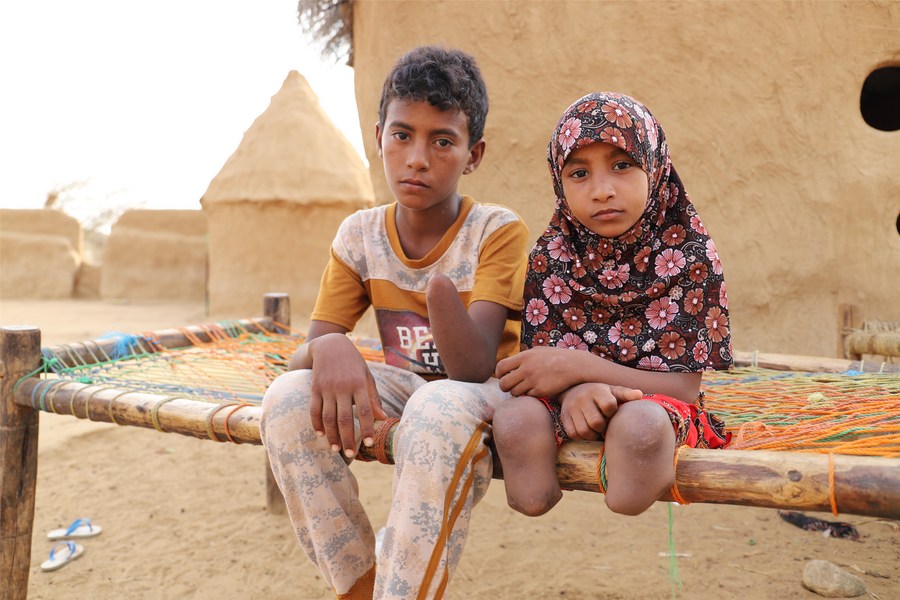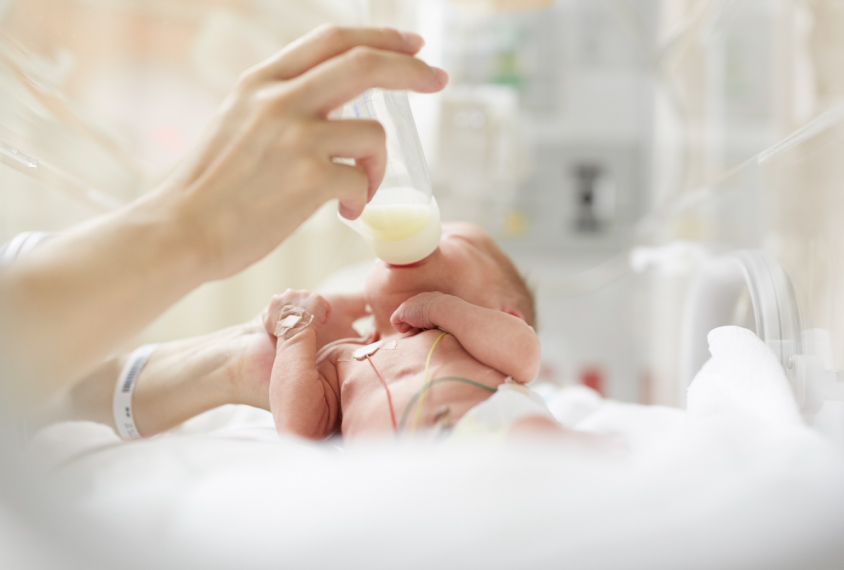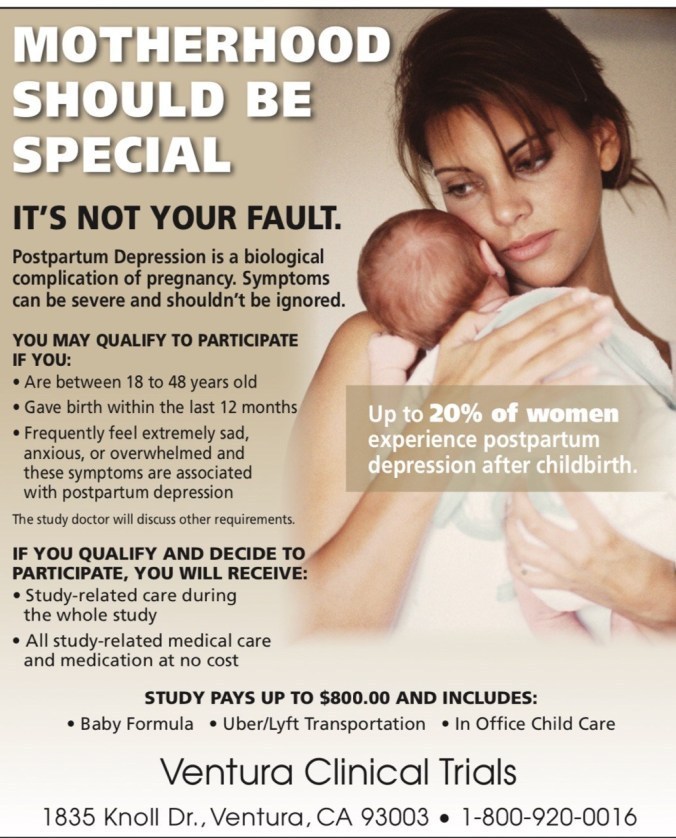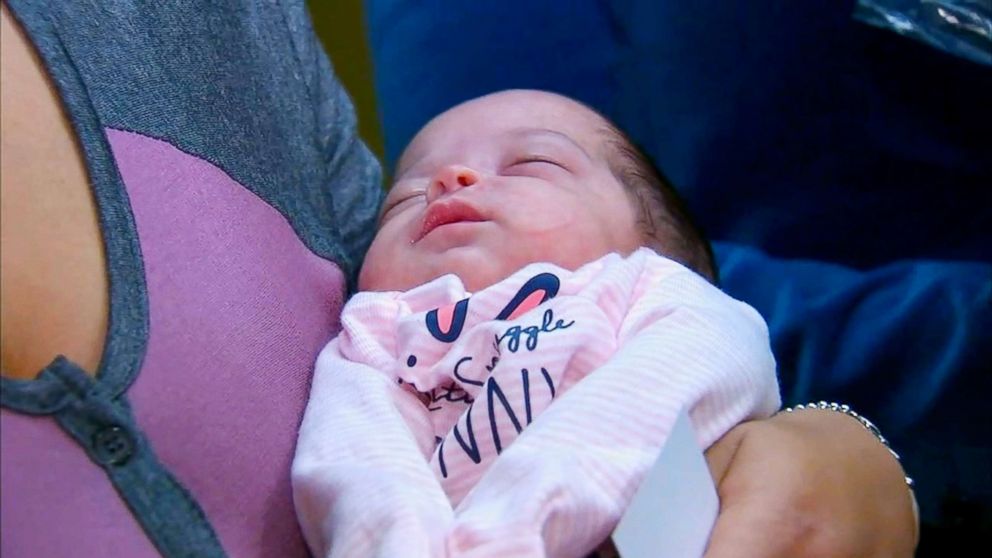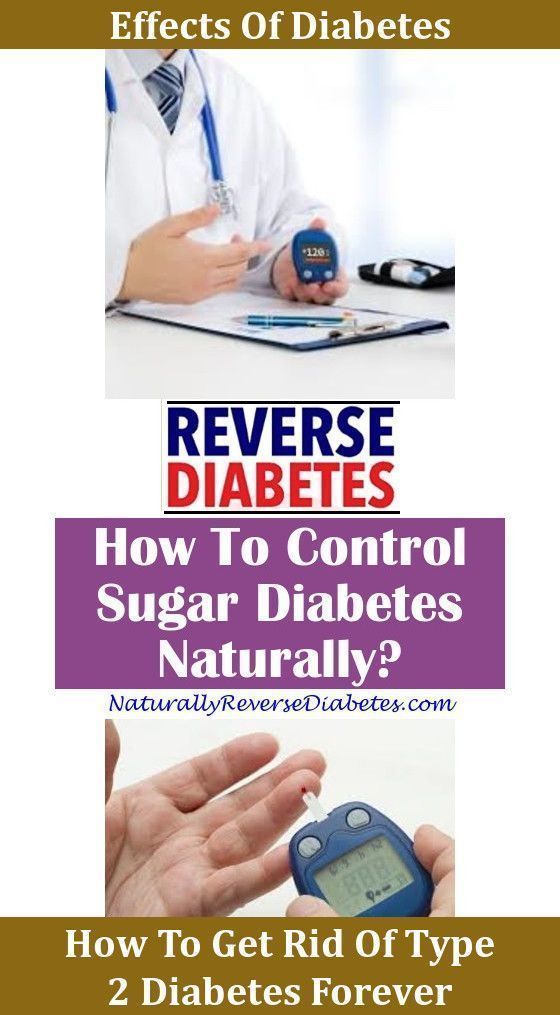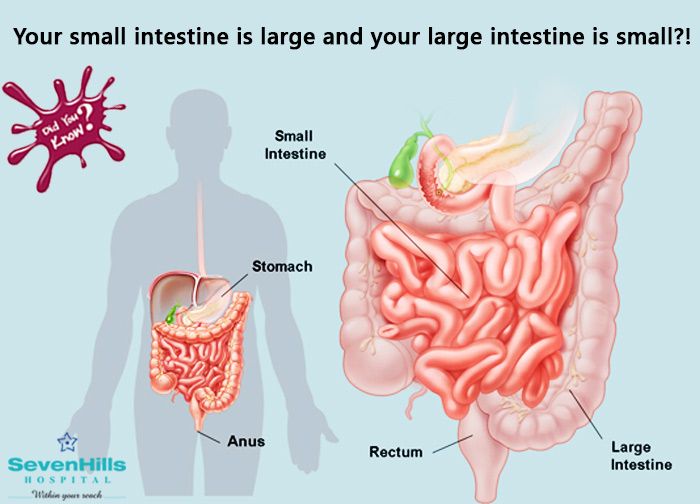2 father biological babies
Can a Child have Two Biological Fathers? You will be Surprised!
LLifestyle
- byAastha Mishra
- June 30, 2020
Having two biological fathers seems unlikely, right? Since our young days, we have been taught that babies are made by combining a sperm and an egg. The DNA of both cells make a single one with half the DNA from the mother and half the father. How can a third party participate in this process? Currently, the studies are going round, and we have actually come close to doing it.
Toro Suzuki and his team at the University of Bath in the UK treated the female eggs in a set of solutions and found out the two-biological father babies in animals were possible by using sperm from one man and some kind of cell derived from another man. However, he says that doing this in humans might be a little less possible. However, we do have an example of two mothers and one father baby!
We will have to know about DNA to grasp the concept of a three-parent baby. Many people know of the double helix type DNA, with 23 pairs of chromosomes present in each of our body’s cells. This commands the entire process of creation of a whole organism and the proteins that propel our life from birth to death. DNA in the nucleus is not the only type of DNA needed to exist. It is also found inside the cells of your body, in small compartments called mitochondria.
Can you remember Mitochondria? Go back to the class of biology in middle or secondary school (8 to 10th standard probably). This is a bean-like organelle, often drawn with squiggly lines, that has named the cell’s powerhouse. Every cell in the body, including sperm and eggs, needs the energy to perform their entire task. Functional Mitochondrial DNA (mtDNA) cells are like fuel-less cars.
In comparison to nuclear DNA, the synthesis of male and female DNA does not produce mtDNA. Instead, mitochondria are inherited from only a mother, so the cells in your fertilized egg are the ones to be replicated during development and the rest of your life in each cell of your body. That’s a pregnancy fact that most people don’t know!
That’s a pregnancy fact that most people don’t know!
MtDNA can also have mutations like nuclear DNA, which can lead to extreme, weakening diseases and in some instances, infertility for a woman with defective mitochondria. This is where a third parent is entered.
In 2016, a healthy baby was born to a couple who struggled with a consequence of DNA mutations that led to the causing of a progressive neurometabolic disorder called Leigh syndrome. Babies with this syndrome usually die within a few years of birth. This baby was born through a technique where the unhealthy DNA was replaced with a donor DNA without the mutation. So technically, the baby was born with a biological father sperm, mother eggs, and a third female mitochondrial donor.
The question here is, how much is a woman, who donates her mitochondria, entitled to be called a mother? It’s important to understand that the child will look like the original biological father and mother who fuse their cells to form 28 pair of chromosomes.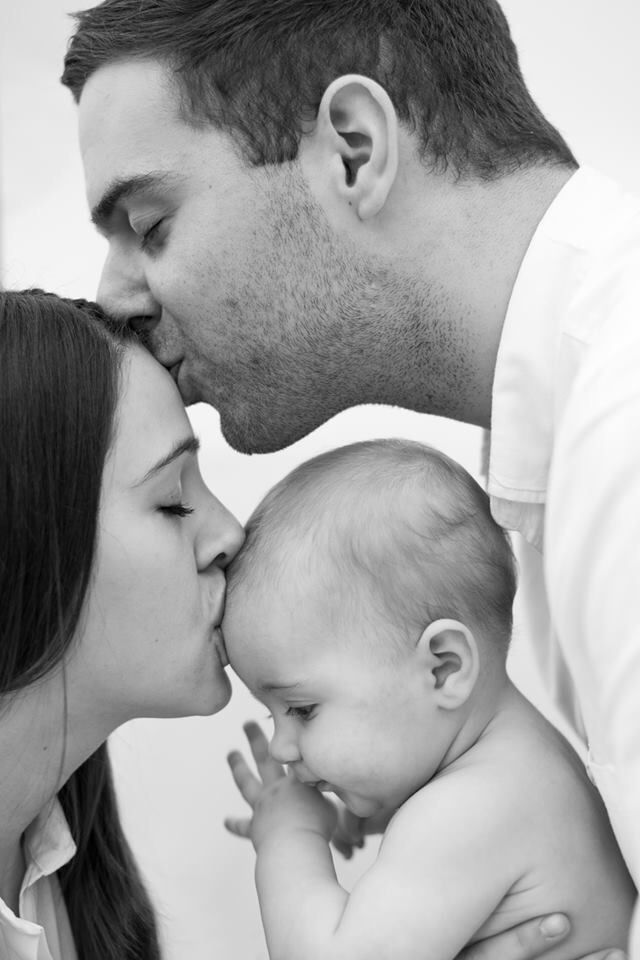 But technically, before announcing a three-parent baby, it is essential to understand the science behind it. We hope that science brings an answer for incurable genetic diseases, but, we will have to wait for sometime before seeing anything concrete.
But technically, before announcing a three-parent baby, it is essential to understand the science behind it. We hope that science brings an answer for incurable genetic diseases, but, we will have to wait for sometime before seeing anything concrete.
Tags:
- three-parent baby
- Two Biological Fathers
- two mothers and one father
Here's why "two-dad" babies aren’t yet a biological reality
By Andy Coghlan
Still needs an egg
Healthy mice have been created using sperm and cells that aren’t quite eggs for the first time. New Scientist questions whether this really brings us any closer to making babies with two biological fathers.
What happened in the experiment?
Toro Suzuki at the University of Bath, UK and his team combined sperm with non-egg cells to produce 30 mouse pups that then went on to have healthy offspring themselves. But there are a few caveats. To do this, they created 104 embryos, only 30 of which survived. And they didn’t use just any old cell – they generated special types of cell by exposing eggs to a certain chemical.
And they didn’t use just any old cell – they generated special types of cell by exposing eggs to a certain chemical.
Advertisement
So they just used sperm and eggs?
Those were the starting points, yes. But instead of using eggs, they used cells that were made by tricking egg cells into dividing – eggs would never normally do this, until after they had been fertilised.
They then managed to fertilise these daughter cells with sperm cells, and found that these cells then divided. When this happened, some of the cells produced contained one set each of the mother and father’s chromosomes – just like a normal dividing embryo. In this way, some of the fertilized daughter cells generated multicellular embryos that went on to become mouse pups.
Isn’t using an egg cheating?
Team-member Tony Perry, at the University of Bath, UK, says that the key here is that the chemically-induced daughter cells are very different types of cell to the eggs that they came from.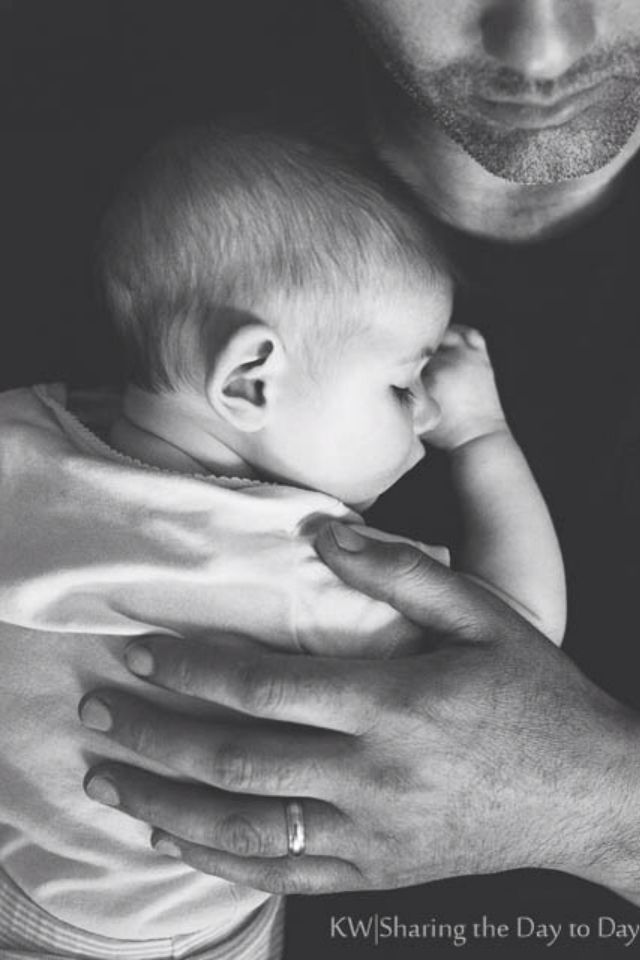 Unlike normal egg cells, they can divide to form new cells, which Perry says makes them more like other cells in the body, like skin.
Unlike normal egg cells, they can divide to form new cells, which Perry says makes them more like other cells in the body, like skin.
What’s exciting about that?
It raises the possibility of so-called “two-dad babies” – children born using sperm from one man, and some kind of other cell derived from a second man. For a fertilised egg to divide and form an embryo, it also needs to reprogram the genes of the sperm. The cells used by Perry and colleagues were able to do this – the first time a cell other than a natural egg has achieved this.
Will this technique work with other cells?
Probably not – Perry himself says the prospect of using a man’s cells in this way are remote. “This is all very speculative and none of it is possible today, and may never be possible,” says Perry.
The problem is that the special cells they made by manipulating eggs are still very unlike normal body cells in a number of ways. These cells are much bigger than other cells, and it may prove impossible to reprogram their epigenetics to allow them to become embryos.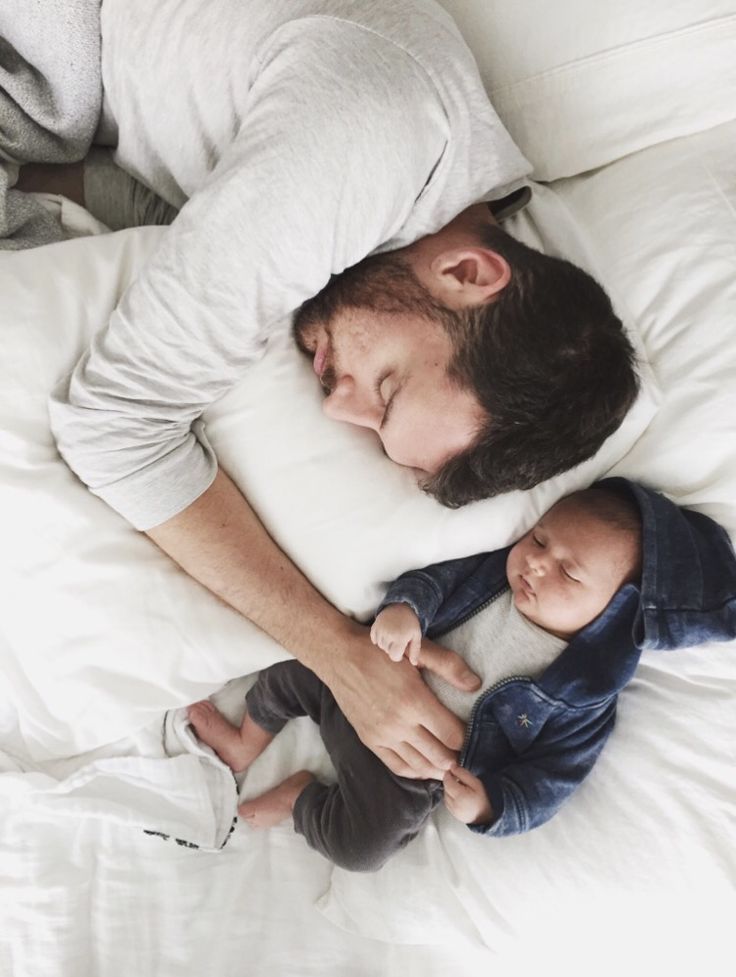
Another problem is that a man’s skin cell, for example, contains two sets of chromosomes, but sex cells need to contain only one set if they are to produce a healthy embryo. “On top of that there are a whole host of unknown unknowns,” says Perry.
So is this discovery useful in any way?
It’s unlikely to pave the way to embryos with two fathers any time soon, but the experiment has told us something particularly interesting: there is more than one path to a healthy embryo. When the team analysed genes activity as these embryos were developing, they found that the activity was different from what you would normally see in embryos made by eggs and sperm. Nevertheless, the embryos produced healthy pups. A better understanding of how this is possible could provide new insights and treatments for infertility, says Perry.
Journal reference: Nature Communications, DOI: 10.1038/ncomms12676
Read more: Human sperm grown in a lab for the first time, claims study
More on these topics:
- reproduction
- fertility
A psychologist's view of the problem of raising a child by a non-father
Establishing paternity is not only a DNA test, but also a procedure that affects psychological aspects.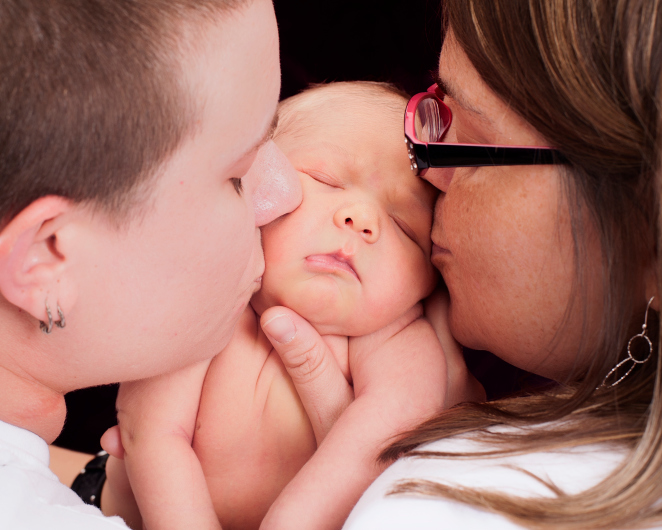 Should a child know that he is not brought up by his biological father. Such difficult situations occur in the case of silence of this fact by a woman.
Should a child know that he is not brought up by his biological father. Such difficult situations occur in the case of silence of this fact by a woman.
It often happens that a child is brought up not by a biological father, but by a foster father. And this adoptive for him is the most dear person. Do you need truth? Or should you remain silent?
How do you convey to a child the news that his current father is not his own?
Anastasia Venediktova
Works in a gestalt approach with children, adolescents and adults, couples.
There are times when adults do not want to reveal the truth, taking care of the baby himself. Parents are afraid of hurting their child. But is it possible to remain silent about this for the rest of your life? Of course not. First of all, we must remember that we live surrounded by people (neighbors, relatives, acquaintances). And there will definitely be those who, willy or not, will bring the child to reality. Secondly, children, and especially teenagers, can inadvertently find any documents (birth certificate, paternity, medical book, old photograph).
And there will definitely be those who, willy or not, will bring the child to reality. Secondly, children, and especially teenagers, can inadvertently find any documents (birth certificate, paternity, medical book, old photograph).
Adolescents, on the other hand, tend to notice a certain discrepancy, which indicates their difference from their father (different blood types, eyes different in color and shape, etc.). Adolescence is one of the most difficult times. A discovery of this nature can negatively affect the mental state of the child. In itself, the acceptance of the fact that his biological father is a completely unfamiliar person for him will be much harder than during childhood. Everyone has long known that the secret always becomes clear. You should not exclude the unexpected appearance of the biological father, just when no one is waiting for him. And it also happens that the biological mother and the adoptive parent decide to get a divorce. Everything in life can be.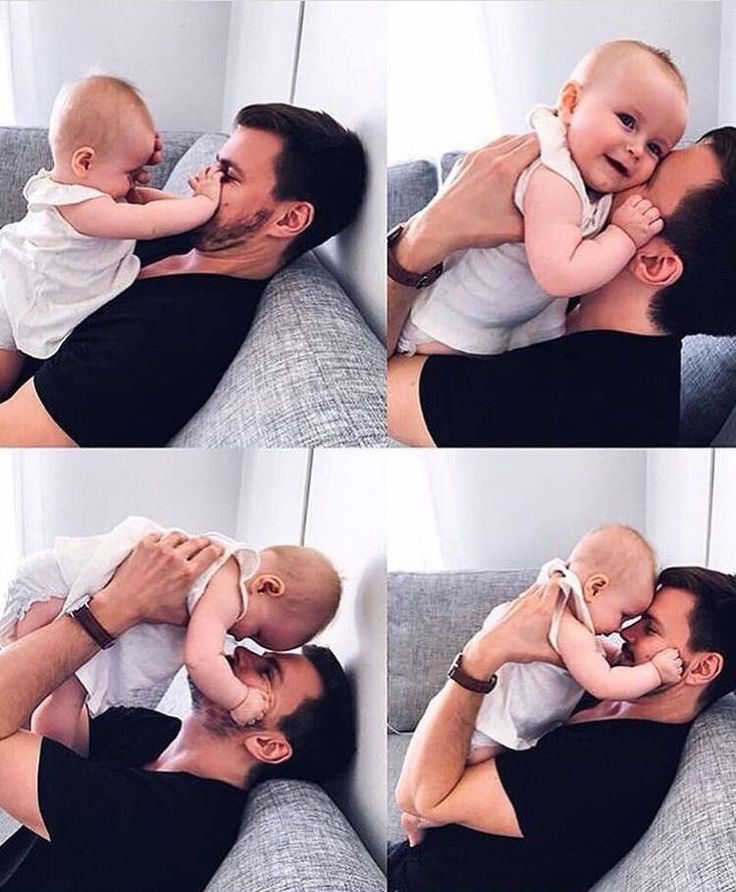 ..
..
What is the reason for hiding from a child the truth about who his real father is?
Psychologist:
Sometimes, a mother just wants to forget her previous relationship. And if you tell a child about the real biological father, there will be a violation of the usual family picture, which depicts the presence of parents and children. The family will be supplemented by one more person, the biological father. This means that without devoting the child to the details of the fact of his birth, adults often think about their experiences and emotions. They want to keep the "beautiful picture". And for a child, the truth about who is his father is important. Yes, and the foster father, the one who raised him, may think that he is the only one.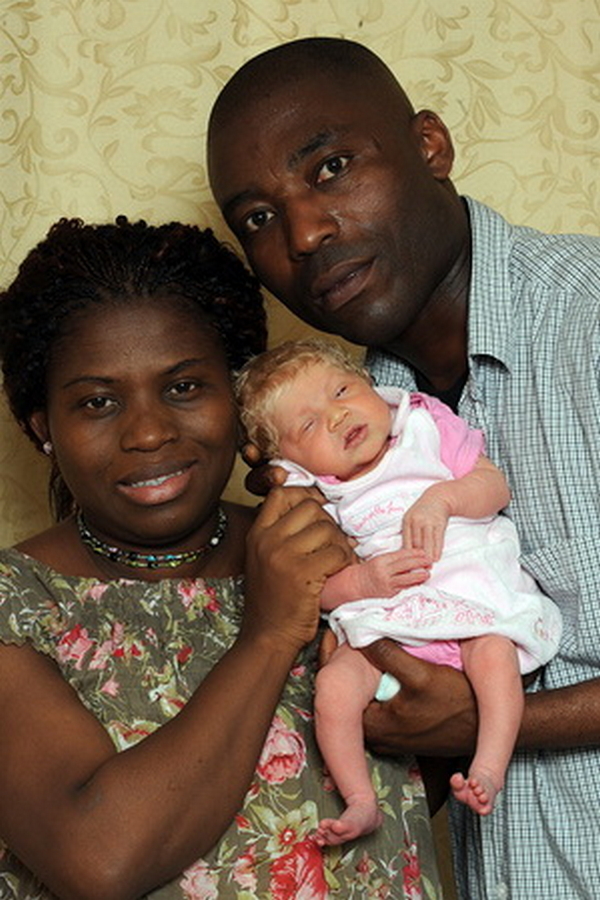 But it is necessary to take into account both the feelings of the parents and the feelings of the child.
But it is necessary to take into account both the feelings of the parents and the feelings of the child.
When should a child learn the truth?
Psychologist:
Do not put off such a serious question for later. The prevailing opinion that the baby must grow up in order to understand everything is wrong. An earlier familiarization of the child with reality guarantees a calmer perception of the truth. One of the easiest ways is to have a photograph of your own father always in front of your eyes, if, of course, there is one. Children are curious and often ask questions. You just need to answer them correctly. We can say that in addition to Papa Andrei, there is also Papa Anton, but his place of residence is not here (not with us). After all, sometimes children have two grandfathers, why can't there be two dads. If the child is two or three years old, his perception of such an explanation will be completely calm. I would like to note that the difficulties that are discussed here are mainly related to the problems of parents.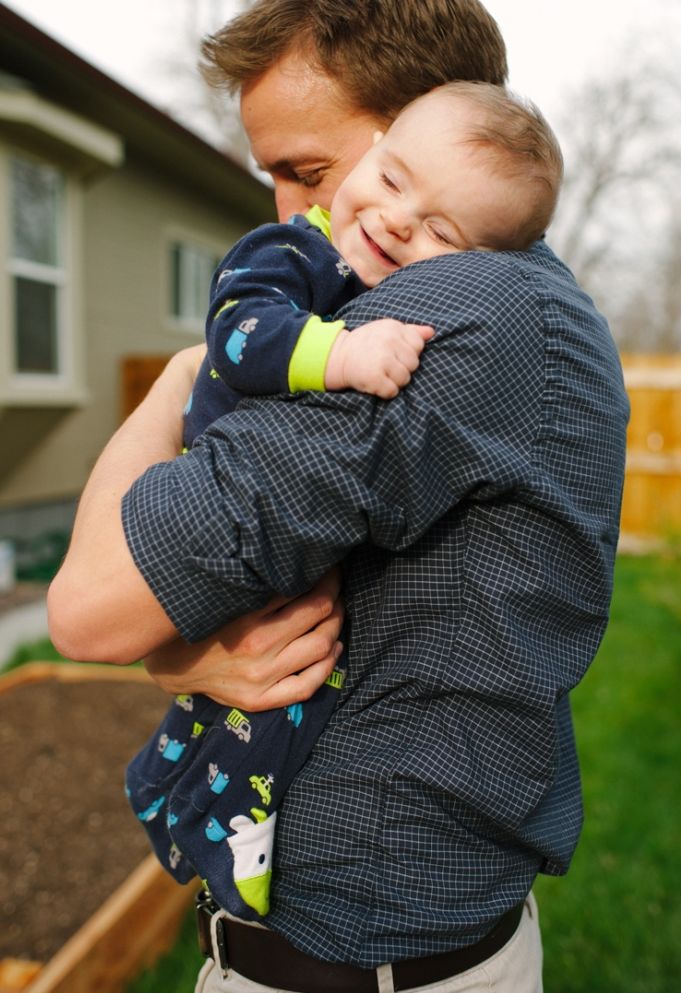 In children, the reception of reality is perceived as a fact. Therefore, there is absolutely no need to distort reality and deceive your own child.
In children, the reception of reality is perceived as a fact. Therefore, there is absolutely no need to distort reality and deceive your own child.
Biological father \ Acts, samples, forms, contracts \ Consultant Plus
- Main
- Legal resources
- Collections
- Biological father
A selection of the most important documents on request Biological father (regulations, forms, articles, expert advice and much more).
- Other:
- Flight Crew Surcharge
- Surcharge Agreement
- Energy transmission lines
- Preparation of feed
- Fish -free protected zones
- more ...
Judicial practice : Biological Father
Register for the ConsultantPlus system free 2 days 2 days 2 days 2 days 2 days 2 days document in your system ConsultantPlus:
Selection of court decisions for 2020: Article 8 "The right to access information" of the Federal Law "On Information, Information Technologies and Information Protection" "When resolving an administrative dispute, the courts of both instances did not take into account, that Zh.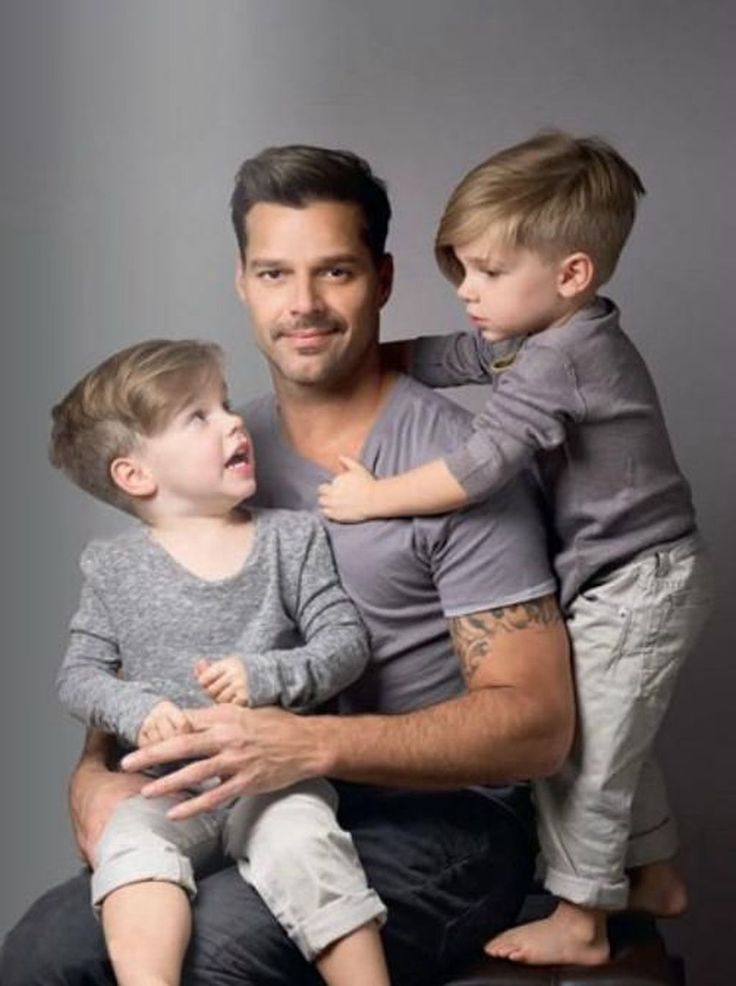 G. was aware of the fact of the adoption of his father, the purpose of his appeal to the court with an administrative claim was to obtain information about his biological father in connection with the need to establish the presence or absence of genetically determined diseases in him, to establish the genetic history of the family and to identify biological ties , get the possibility of diagnosing hereditary diseases.
G. was aware of the fact of the adoption of his father, the purpose of his appeal to the court with an administrative claim was to obtain information about his biological father in connection with the need to establish the presence or absence of genetically determined diseases in him, to establish the genetic history of the family and to identify biological ties , get the possibility of diagnosing hereditary diseases.
Register and get trial access to the ConsultantPlus system for free for 2 days
Open a document in your ConsultantPlus system:
Selection of court decisions for 2020, resolving the disputed rights of the child 60 Satisfying the plaintiff's claims regarding exemption from the payment of alimony for the maintenance of T.T., DD.MM.YYYY of the year of birth, the court of first instance was guided by the provisions of Articles 47, 60, 80, 119Family Code of the Russian Federation and proceeded from the fact that the plaintiff is not the biological father of the child, therefore, should not be liable for its maintenance. Given the lack of a set of conditions allowing by virtue of Part. 2 Article. 114 of the Family Code of the Russian Federation to release the plaintiff from paying alimony arrears in this part, the court decided to dismiss the claim."
Given the lack of a set of conditions allowing by virtue of Part. 2 Article. 114 of the Family Code of the Russian Federation to release the plaintiff from paying alimony arrears in this part, the court decided to dismiss the claim."
Articles, comments, answers to questions : Biological father
0077 free for 2 days
Open a document in your system ConsultantPlus:
Situation: How to dispute paternity?
("Electronic journal "Azbuka Prava", 2022) evidence confirming that the person recorded as the father of the child is not his biological father. Such evidence can be obtained from the explanations of the parties and third parties, testimonies of witnesses, written and material evidence, audio and video recordings, expert opinions;
Regulations : Biological father
"Review of the practice of consideration in 2021 by regional and equal courts of cases on the adoption of children by foreign citizens or stateless persons, as well as citizens of the Russian Federation permanently residing outside the territory of the Russian Federation"
( approved by the Presidium of the Supreme Court of the Russian Federation on 06/01/2022) Thus, the Rostov Regional Court considered the application of a citizen of the Republic of Armenia for the adoption of a child of his wife, born in 2008.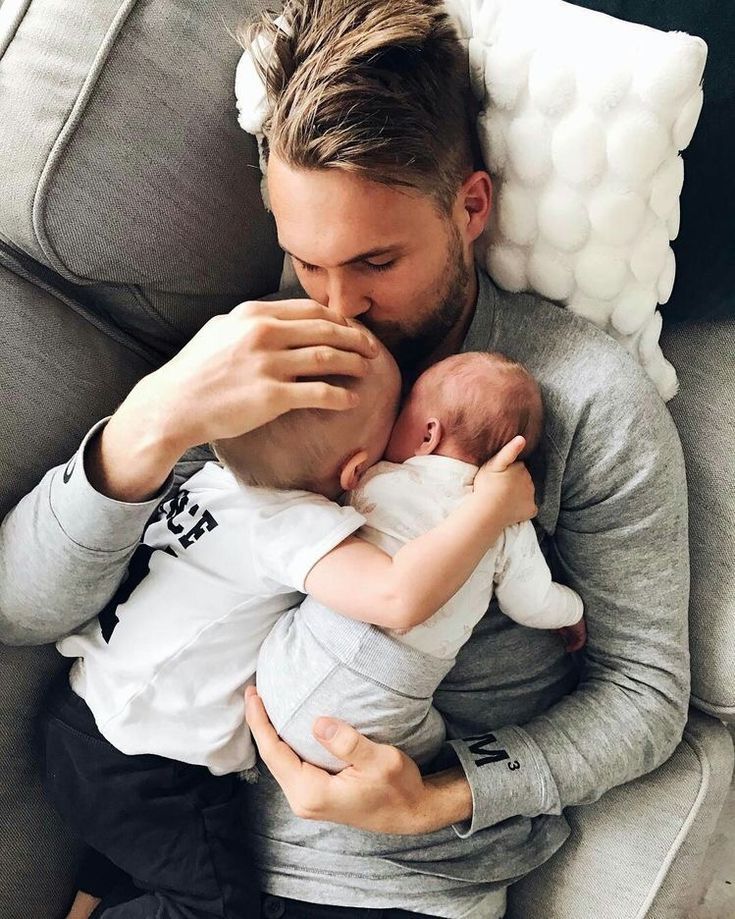 The court established that the applicant was registered and resides in the territory of the Russian Federation, the child lives with his family. The applicant's wife and the biological father of the child, who are citizens of the Russian Federation, agreed to the adoption of the minor by the applicant.
The court established that the applicant was registered and resides in the territory of the Russian Federation, the child lives with his family. The applicant's wife and the biological father of the child, who are citizens of the Russian Federation, agreed to the adoption of the minor by the applicant.
"Review of the practice of interstate bodies for the protection of human rights and fundamental freedoms N 3 (2021)"
(prepared by the Supreme Court of the Russian Federation) The court did not find any of these arguments convincing. On the assumption that the applicant voluntarily withdrew from the life of his child in order to enable him to adapt to his mother's new husband, it is not clear why this "adjustment" period lasted seven years. In the Court's view, the applicant could and should have understood the following: such a long and complete separation from his son - especially in view of his young age at the time when their communication was interrupted - could only lead to a significant weakening, if not a complete rupture of the connection between them and the alienation of the child from him.